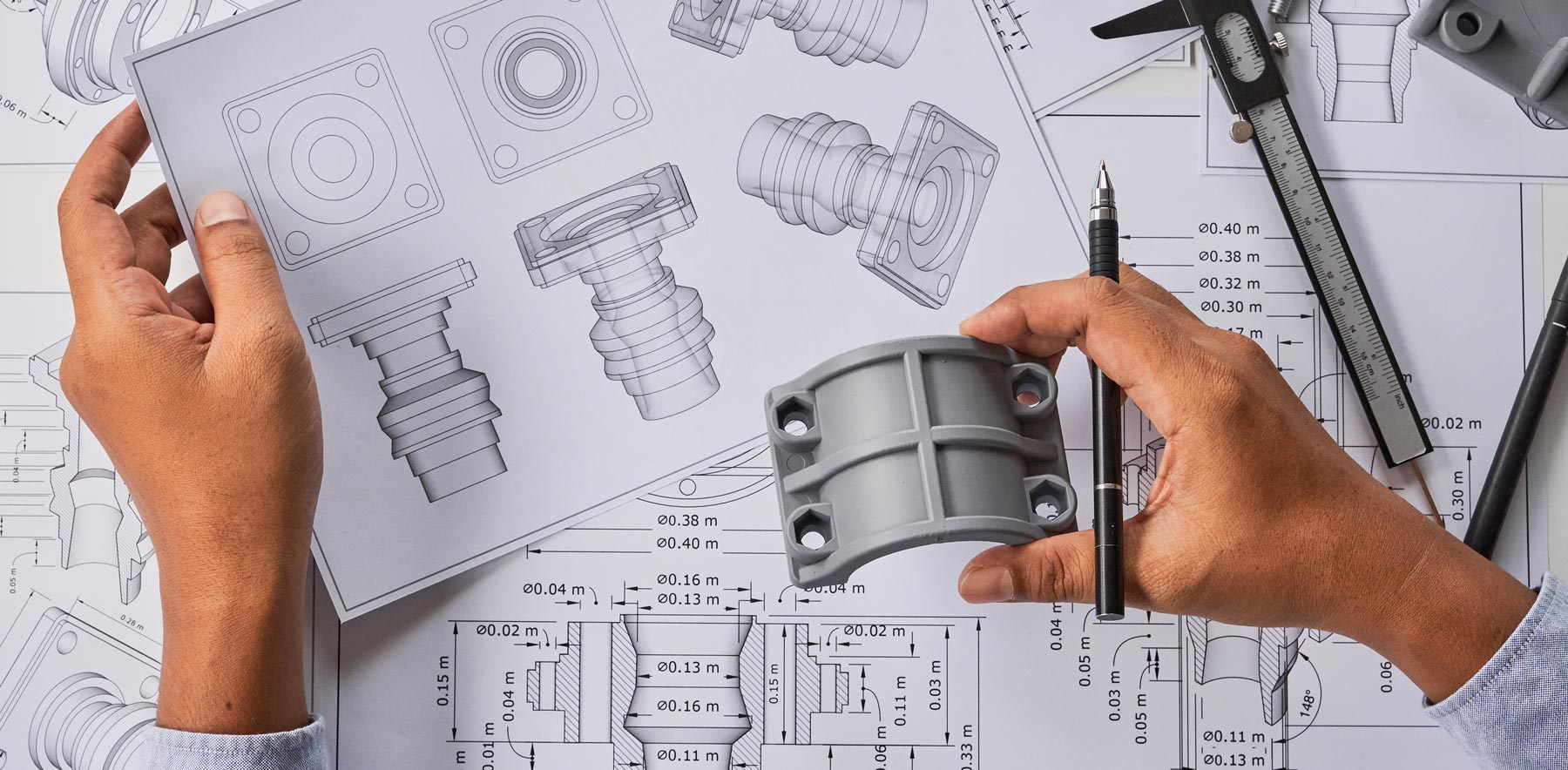
Image Source: Google
In today's rapidly evolving world, industrial design development plays a crucial role in driving product innovation. With advancements in technology, changes in consumer preferences, and the need for sustainability, industrial design is constantly adapting to meet the demands of the market. As we look towards the future, it is clear that the landscape of industrial design development is undergoing a revolution, paving the way for new possibilities and opportunities.
The Impact of Technology on Industrial Design
Technology has been a driving force behind the revolution in industrial design development technique. With the rise of digital tools and software, designers now have access to a wide range of resources that enable them to create innovative products with greater efficiency and precision. Some of the key ways technology is shaping the future of industrial design include:
3D Printing
- Revolutionizing the prototyping process by allowing designers to quickly create physical models of their designs.
- Enabling rapid iteration and customization of products, leading to faster time-to-market.
Virtual Reality (VR) and Augmented Reality (AR)
- Enhancing the design process by providing immersive experiences for designers to visualize and test their concepts.
- Facilitating collaboration among teams and stakeholders by enabling them to interact with virtual prototypes in real-time.
Artificial Intelligence (AI)
- Assisting designers in generating new ideas and concepts through machine learning algorithms.
- Analyzing market trends and consumer data to help designers make informed decisions about product development.
Sustainability in Industrial Design
As the world becomes more environmentally conscious, sustainability has become a key consideration in industrial design development. Designers are increasingly focusing on creating products that are eco-friendly, energy-efficient, and recyclable. Some of the ways sustainability is shaping the future of industrial design include:
Material Innovation
- Exploring alternative materials that are renewable, biodegradable, and have a lower environmental impact.
- Using recycled materials in product design to reduce waste and promote a circular economy.
Energy Efficiency
- Designing products that consume less energy during manufacturing, use, and disposal.
- Incorporating smart technologies to optimize energy consumption and reduce environmental impact.
Product Lifecycle Management
- Implementing strategies to extend the lifespan of products through repair, refurbishment, and recycling programs.
- Considering the end-of-life disposal of products to minimize environmental harm and promote sustainability.
Collaboration and Co-Creation in Design
In the future of industrial design development, collaboration and co-creation will play a central role in driving innovation. Designers are increasingly working together with cross-functional teams, stakeholders, and even consumers to create products that meet the needs and preferences of end-users. Some of the key aspects of collaboration and co-creation in design include:
Design Thinking Workshops
- Bringing together designers, engineers, marketers, and other stakeholders to brainstorm ideas and solutions.
- Using design thinking methodologies to empathize with users, define problems, ideate solutions, prototype concepts, and test iterations.
User-Centered Design
- Engaging with end-users throughout the design process to gather feedback, validate concepts, and ensure usability.
- Incorporating user research and user testing to make data-driven design decisions and create products that resonate with consumers.
Open Innovation Platforms
- Crowdsourcing ideas and innovations from a diverse community of designers, experts, and enthusiasts.
- Fostering a culture of open collaboration and knowledge sharing to drive creativity and break through traditional design boundaries.
Conclusion
The future of industrial design development is filled with exciting possibilities and challenges. As technology continues to evolve, sustainability becomes more paramount, and collaboration becomes the norm, designers must adapt and innovate to stay ahead of the curve. By embracing these changes and leveraging the power of revolutionizing product innovation, the industrial design industry is poised to shape a future where creativity, efficiency, and sustainability converge to create truly groundbreaking products.